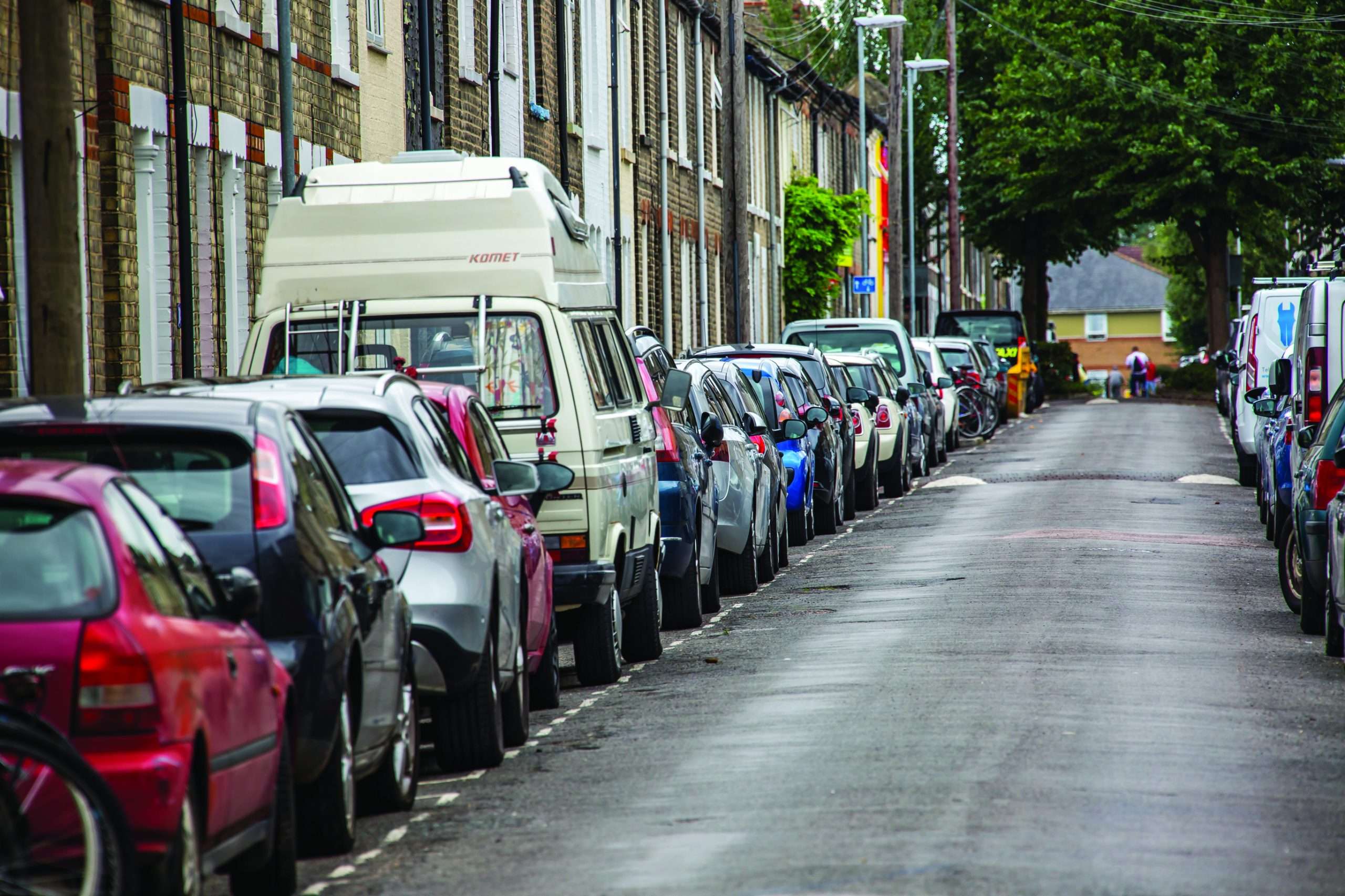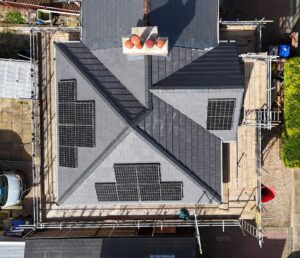With the latest figures showing that there are currently 40.8 million licensed vehicles in the UK, it is not surprising that parking is a hot topic. It is becoming more common for issues to arise between neighbouring landowners around ownership and use of their land and we at Woodfines are able to assist and advise those who find themselves involved in such disputes.
Many people do not have their own private driveway, or the driveway they do have is not sufficient for the number of cars a household may own. Many, therefore, have no option but to park on the road, where there is no automatic right to do so. Whilst the majority of people will park in front of their own properties, where there is a lack of available space, it can be a case of first come and first served, whether a resident or not.
The Highway Code does of course suggest that people do not park their vehicles where it might cause an obstruction to other pedestrians or road users and it is common courtesy not to block access, or park in front of or on someone’s driveway. Unfortunately, when the boundaries and rights of use and access are unclear, problems can arise.
Disputes arise when a person fails to observe parking etiquette or consider a common-sense approach to parking on the road. Disputes can also arise regarding shared driveways due to lack of space and/or a misinterpretation of the rights and restrictions including in the title deeds. Unfortunately, the wording and plans contained in the deeds can often be difficult to interpret.
Boundaries and rights of way
According to HM Land Registry, a boundary is ‘an imaginary or invisible line dividing one person’s property from that of another. It is an exact line having no thickness or width and is rarely identified with any precision either on the ground or in conveyances or transfers and is not shown on Ordnance Survey mapping.
Ultimately the exact position of a boundary, if disputed, can be determined only by the court or the Land Registration division of the Property Chamber, First-tier Tribunal.
It is evident, therefore, that boundaries are not always obvious and require careful analysis and interpretation.
Adverse possession and trespass
Legal boundaries can only be altered in certain, limited circumstances, such as an agreement between neighbours or by adverse possession.
Adverse possession is the means of acquiring title to land by long possession. It is the use of land which is inconsistent with the title deeds and which has been used without the permission of the true owner.
The Land Registration Act 2002 provides that an application for adverse possession must be able to demonstrate that the applicant has been in factual possession of the land for a minimum of 10 years, there has been an intention to possess the land, and that it has been without the owner’s consent.
A trespasser is the legal term for someone who has entered another’s land unlawfully and without permission (consent). If the landowner has not given express or written permission, or there are no rights of access included within the title deed, a person found on the land will be found to be trespassing.
Landownership is of great importance to people, whether personally or commercially, and we all need to know our rights, boundaries, and the regulations and laws that govern us. At Woodfines, we understand that any form of dispute can have a major impact on personal life, livelihood or business.

Woodfines Solicitors
Get in touch with our Regulatory & Dispute Resolution team for further advice or assistance at Regulatory&DisputeResolution@woodfines.co.uk or on 0344 967 2505,
or visit the website.














